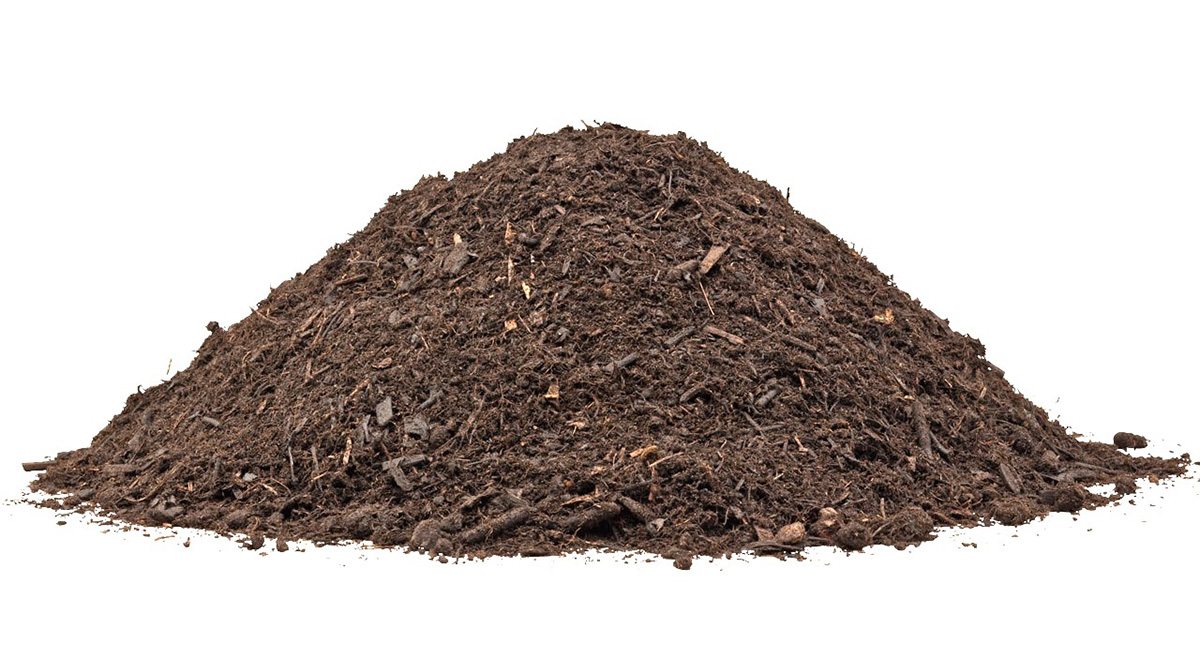Impossible to believe but most of the urban cities in India are
By : Upma Gupta

Impossible to believe but most of the urban cities in India are turning into huge garbage dumps. India generates around 62 million tones of garbage annually out of which 45 million tones of garbage remain untreated that is a whopping 75%. There is no extra space in the Landfills of these cities to accommodate fresh garbage. Problem is more p[prominent in Urban areas as compared to Rural Areas. Ever increasing population of Urban areas and lack of Landfill space is making waste disposal even more difficult .
Characteristics of Municipal Solid Waste
- Compostable / Bio-degradable = 30% – 55%matter (can be converted into manure)
- Inert material = 40% – 45% (to go to landfill)
- Recyclable materials = 5% – 10% (Recycling)
These percentages differ from city to city depending upon food habits
Main issues
- Absence of segregation of waste at source
- Lack of technical expertise and appropriate institutional arrangement
- Unwillingness of ULBs (Urban Local Bodies) to introduce proper collection, segregation, transportation and treatment / disposal systems
- Indifferent attitude of citizens towards waste management due to lack of awareness
- Lack of community participation towards waste management and hygienic conditions
- Lack of funds with ULBs
How do I reduce the garbage I generate?
SAY NO TO PLASTICS
- Plastic is more harmful than many other life threats . Million of birds, whales, sharks, seals, dolphins and turtles die every single year because of plastic pollution. Plastics take around 500 to 1000 years to degrade due to the presence of complex polymers and it can destroy marine life as well as destroy soil. Completely STOP using plastic straws.Totally stop use of Plastic bagsStart segregating
- Waste segregation reduces waste that gets transferred to landfills that indirectly cause water, air and land pollution. Segregation of waste makes a different process like composting, recycling and incineration easy. These processes are further used to treat different kinds of waste. Waste can be segregated in - Bio Degradable and Non-Bio-DegradableBio-Degradable waste will include all the organic waste, for example, kitchen waste, vegetables, fruits, flowers, leaves from the garden.
Whereas Non-Bio-Degradable waste will include Recyclable Waste like plastics, paper, glass, metal; Toxic Waste will include things like old medicines, paints, chemicals, bulbs, spray cans, fertilizer and pesticide containers, batteries; Solid Waste would consist of baby diapers and sanitary napkins.
Adopt Composting
- Composting is a way to decompose organic material, such as edible kitchen waste (vegetable peels, fruit peels, and small amounts of wasted cooked food), leaves, grass clippings, and any other form of dry kitchen waste. Composting can drastically reduce the burden of waste from our planet. A family of 4 can easily reduce their waste from 1000 Kg to less than 100 kg every year if they adopt segregation and composting. Secondly, it also provides many essential nutrients for plant growth and therefore is often used as fertilizer.Go Paperless In Your Kitchen/Home
– Paper maybe is made from pulp of trees but doesn’t degrade that easily as it goes through many chemical processes and many times papers are coated with thin plastic sheet to increase their life . So Bring down your household consumption of non-bio-degradable items. Start using old clothes like rags for cleaning around the house, instead of paper towels. You can easily swap paper napkins with hand towels in your kitchen too.Reuse.
Throwing is easiest way to get rid of anything that has no use or value for us but we don’t realize most items that we throw lands up in Landfills. Landfills are bursting have no more space to take more waste. If we look and think carefully many items we carelessly throw can be REUSED with little modifications. Reuse to reduce burdenPlans of Government
To manage waste, the ministry recently announced that on the upcoming World Environment Day (June 5,2017) 4,041 cities would work towards 100 per cent waste segregation at source. It is something that experts believe should be made a norm to deal with the growing piles of waste in our overstretched landfills. Source segregation means the segregation of waste being done by those who generate it—households, eateries, schools, offices, etc. All of these would be responsible for sorting and segregating the waste they produce before it enters the municipal solid waste system. Source segregation is the most economically viable option. Segregation after collection can be a not viable from many aspects Door-to-door collection services and covering every household is required to collect this waste and guide people on how they can properly segregate the waste they generate
Municipal bodies need to ensure that they have systems in place that allow the waste to remain segregated when it is collected and transported to the treatment sites. If people see that the waste they segregate on an individual level simply gets mixed up, they’re not going to continue doing it.”
If anything is clear, it is that India seriously needs to think about segregating waste at the level of its households, schools, restaurants, hospitals, and everywhere else—exactly where it is generated.
A few good habits could go a long way in lessening the amount that goes unutilized despite there being a potential to recycle and reuse and the burden on our already overflowing and overburdened landfills. However, an integrated approach, which educates and equips all stakeholders with a long-term dream of effective waste management, is what will help
Please Read This -
Solid Waste Management Rules Revised After 16 Years; Rules Now Extend to Urban and Industrial Areas’
http://pib.nic.in/newsite/PrintRelease.aspx?relid=138591
Posted on July 30, 2017